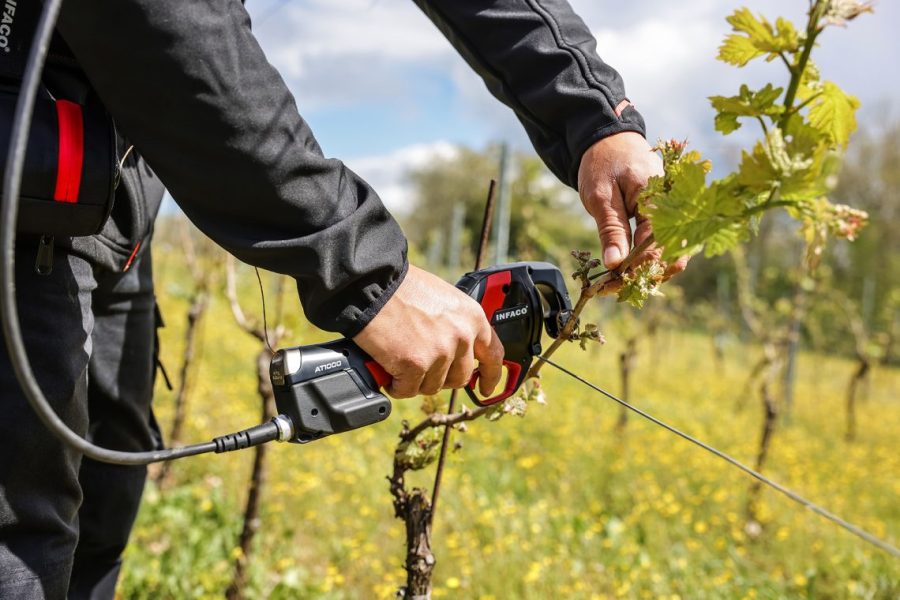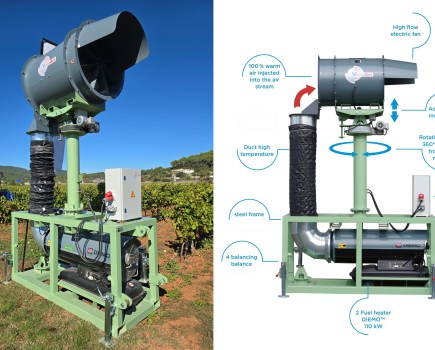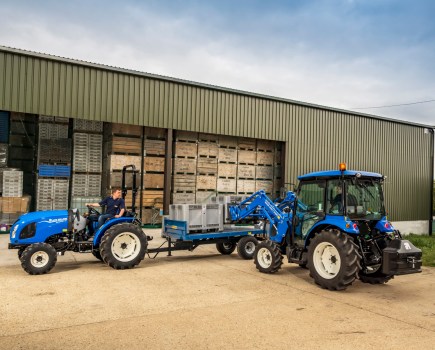How modern tying technology safeguards worker wellbeing while enhancing vineyard productivity.
As UK vineyards expand and mature, the wellbeing of skilled vineyard workers has become as crucial as operational efficiency. Among the most physically demanding tasks these workers face is the meticulous process of securing vines to support structures, a fundamental element of vineyard establishment and maintenance that can take a significant toll on workers’ hands and bodies.
“Electric tying machines are much more efficient at effectively tying vines to canes and wires,” explained Ross Worsley, Agricare. “But equally important is how they protect workers’ hands from the strain and injuries that traditional tying methods can cause, allowing them to work comfortably at a consistent pace throughout the day.”
Maintaining consistent productivity
Traditional manual tying methods create a productivity curve that typically peaks early in the day before gradually declining as worker fatigue sets in. The physical demands of repeatedly twisting ties by hand or using hand twist tools inevitably leads to slowing speeds and potential quality inconsistencies as the day progresses.
Electric tying machines fundamentally transform this productivity pattern. By automating the most physically demanding aspects of the tying process, these tools enable workers to maintain a consistent application rate throughout entire shifts.
“The electric tying machines really help alleviate fatigue by reducing movement to an ergonomically designed trigger press,” noted Ross. “This consistent application rate translates directly into more vines secured per day with the same labour force, a significant advantage when working within tight seasonal windows.”
Significant time and cost savings
Beyond the immediate productivity benefits, electric tying technology offers compelling long-term economic advantages for vineyard operations of all sizes.
“The electric ties are actually cheaper per tie and quicker to apply,” Ross pointed out. “Once the initial investment of the machine has been made, there will be cost savings per tie and per application time – a long-term win for both the applicator and vineyard owner.”
This dual benefit – faster application and lower per-tie cost – creates a compounding return on investment that becomes increasingly significant as vineyard scale increases. For larger operations, the time savings alone can translate into substantial labour cost reductions across a season.
Overcoming previous technology limitations
Early generations of electric tying machines promised efficiency but sometimes failed to deliver due to reliability issues. Wire snags and mechanical failures in the field often resulted in frustrating delays that undermined their time-saving potential.
“Original tying machines were fraught with issues, often leading to wire being snagged inside the gun whilst operating in the field,” said Ross. “However, the new generation of electric tying machine has been built with this in mind, meaning snag delays are a thing of the past.”
These technological improvements have transformed electric tying machines from promising but problematic tools into reliable workhorses that consistently deliver time savings across entire growing seasons.
Protecting workers’ hands
It’s not just efficiency that makes electric tying machines valuable, their most important benefit may be how they safeguard the wellbeing of vineyard teams. The physical aspects of traditional tying methods can be a real issue for dedicated workers.
“Hands, wrists and fingers do not take as much of the burden when using electric tying machines,” Ross explained. “The machine replaces the need for manually twisting paper coated metal ties with fingers which can lead to very sore fingers or even the skin on fingers becoming raw, causing significant discomfort.”
By reducing the physical strain on workers’ hands, electric tying machines help prevent both immediate pain and the development of repetitive strain injuries. This focus on worker health reflects a growing understanding that caring for vineyard teams is an ethical responsibility and a cornerstone of sustainable vineyard management.
Choosing the right machine
For vineyards considering the transition to electric tying technology, two distinct options stand out in the market, each with unique advantages.
The Bellota 9803 represents an accessible entry point with an investment of £599. This industrial-grade machine delivers substantial improvements over manual applications while remaining budget friendly. Though it carries its wire on the gun, making it slightly heavier, the Bellota serves as a reliable workhorse for vineyard operations.
For operations seeking premium performance, the Infaco AT1000 has earned its reputation as the “Rolls Royce” of electric tying machines. With a featherlight design that reduces operator fatigue and a belt-clip wire feed system that redistributes weight away from the hand and wrist, the AT1000 maximizes both comfort and efficiency.
“The Infaco AT1000 is also the quickest machine to de-snag in the industry,” Ross emphasised. “Within seconds, a fully knotted wire can be removed and reset, ready to continue tying, no more trips to the workshop or searching for parts that have dropped in the grass!”
While the £935 price point reflects its premium positioning, the AT1000 offers extended warranty options of up to 36 months with annual maintenance, along with one of the lowest tie costs per thousand in the industry.
Transforming vineyard efficiency
As labour costs rise and skilled vineyard workers become increasingly valuable, investments that maximize worker productivity deliver immediate and ongoing returns. Electric tying machines represent one of the most straightforward paths to significant time savings in vineyard establishment and maintenance.
By enabling consistent productivity throughout the workday while simultaneously reducing per-tie costs and protecting workers from strain injuries, these machines offer a rare trifecta of benefits that forward-thinking vineyard operations cannot afford to overlook.

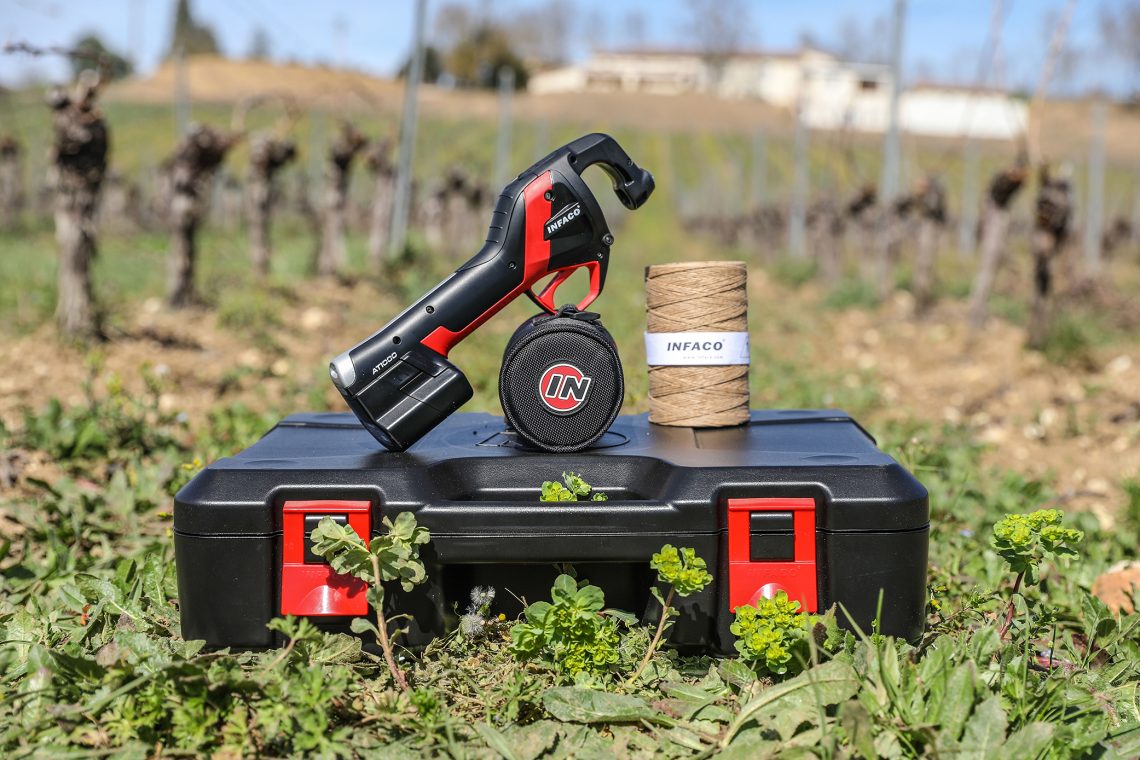
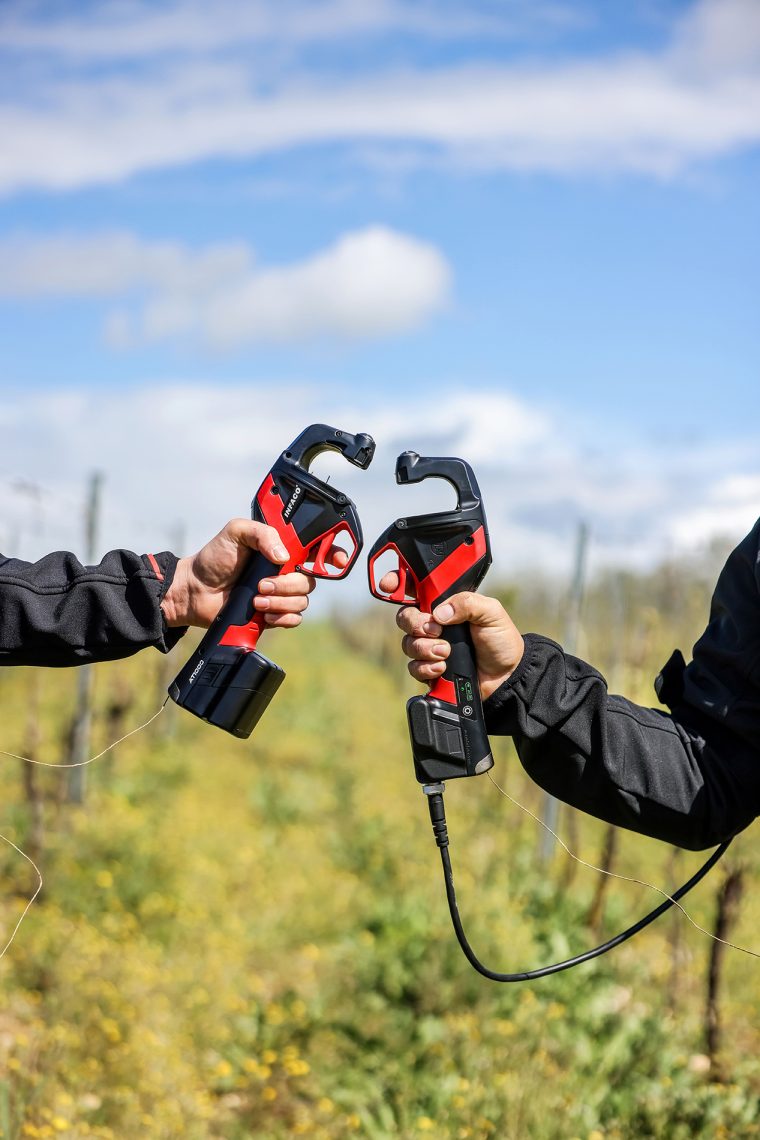
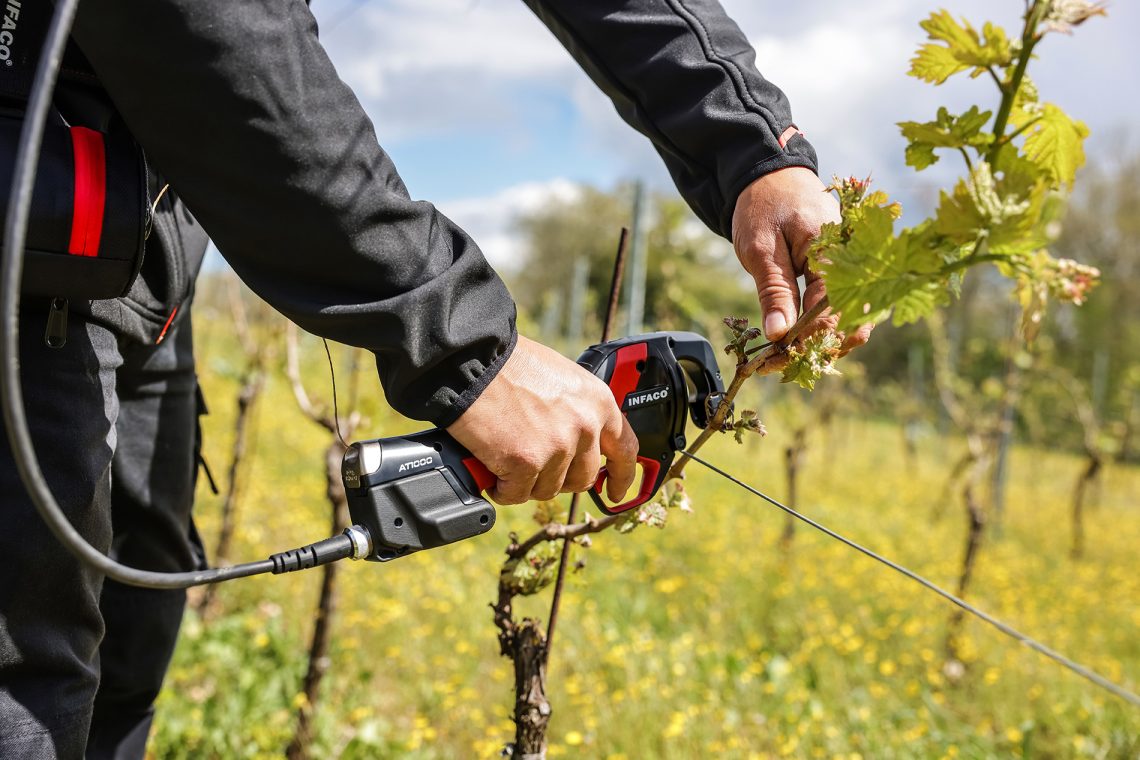
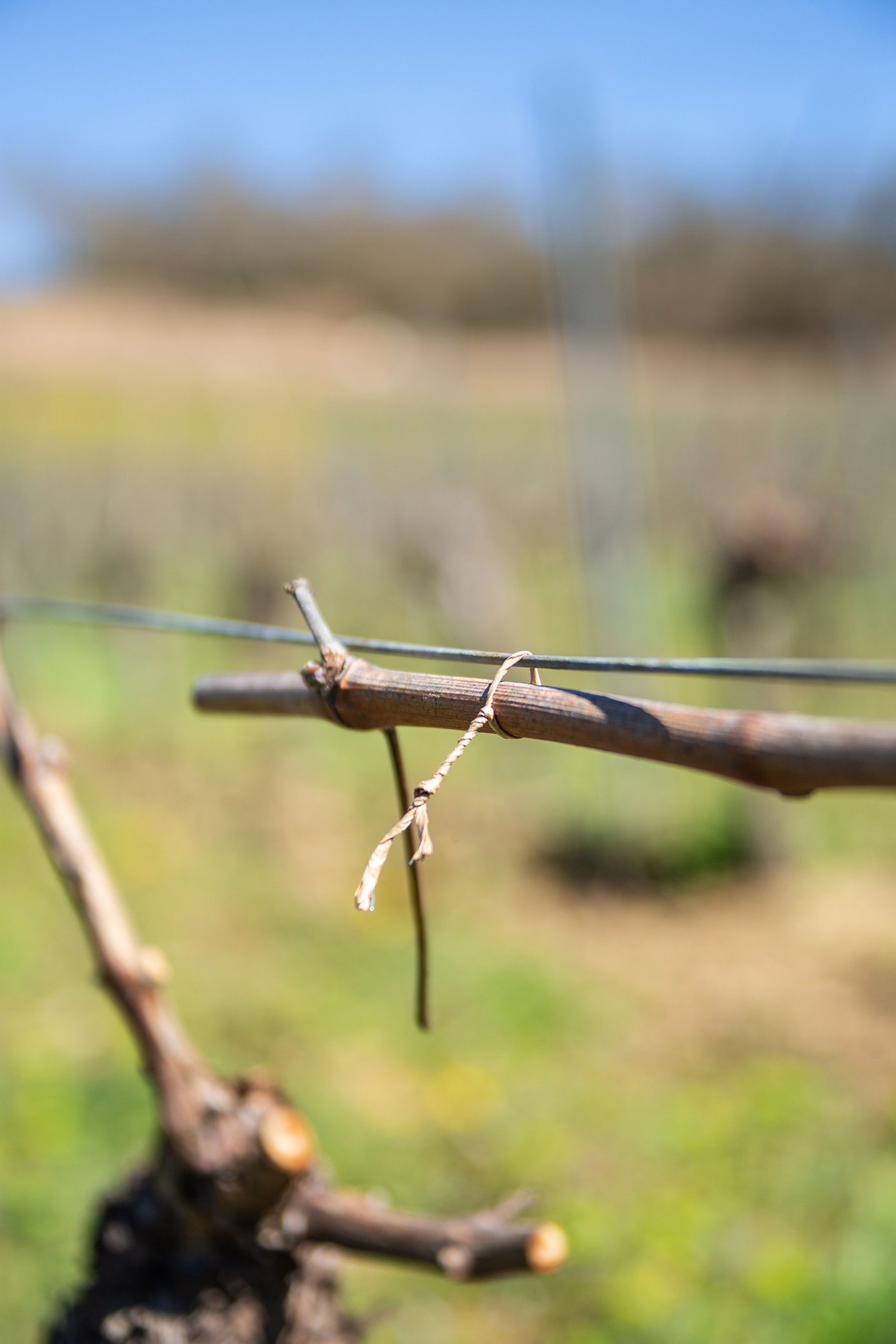
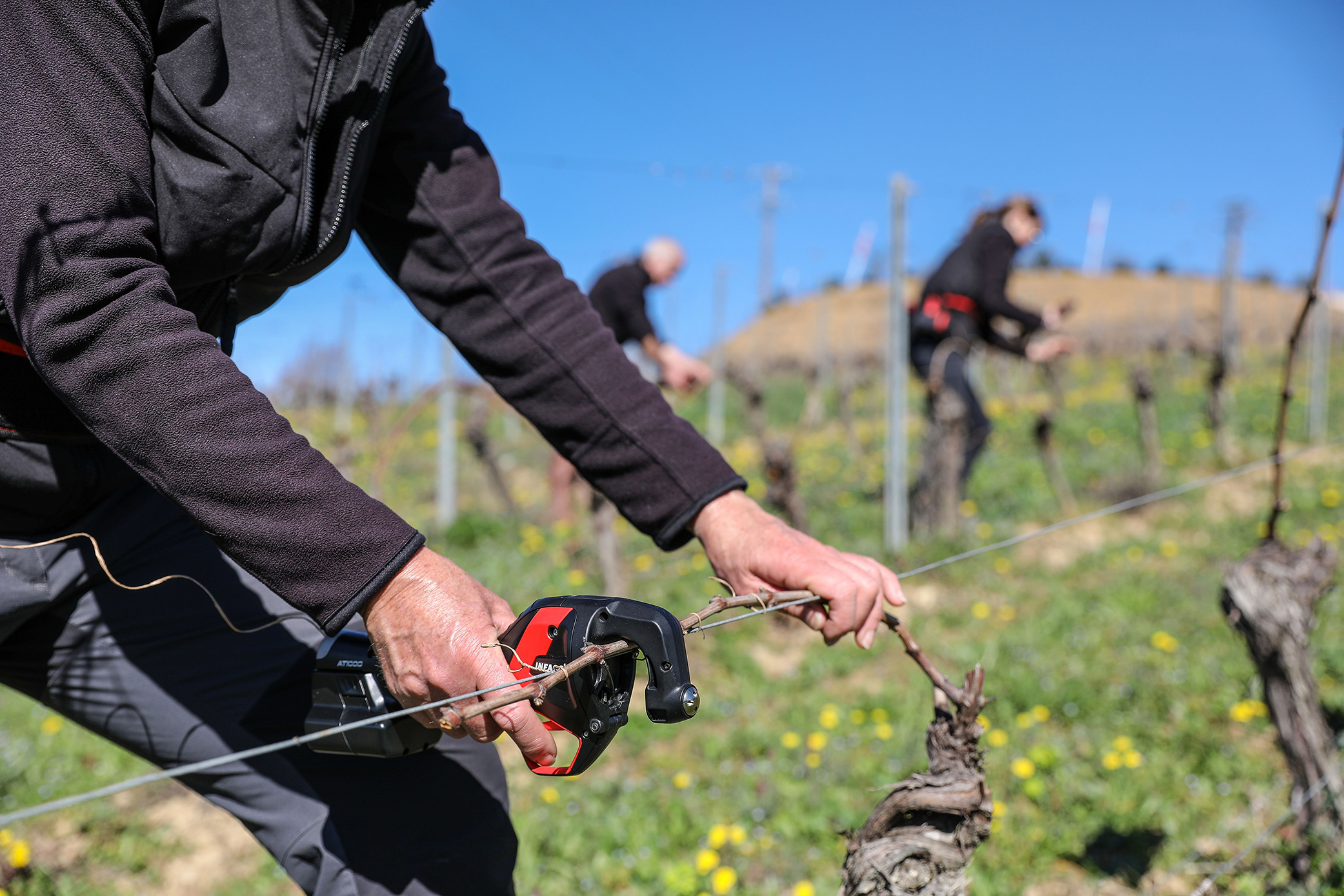
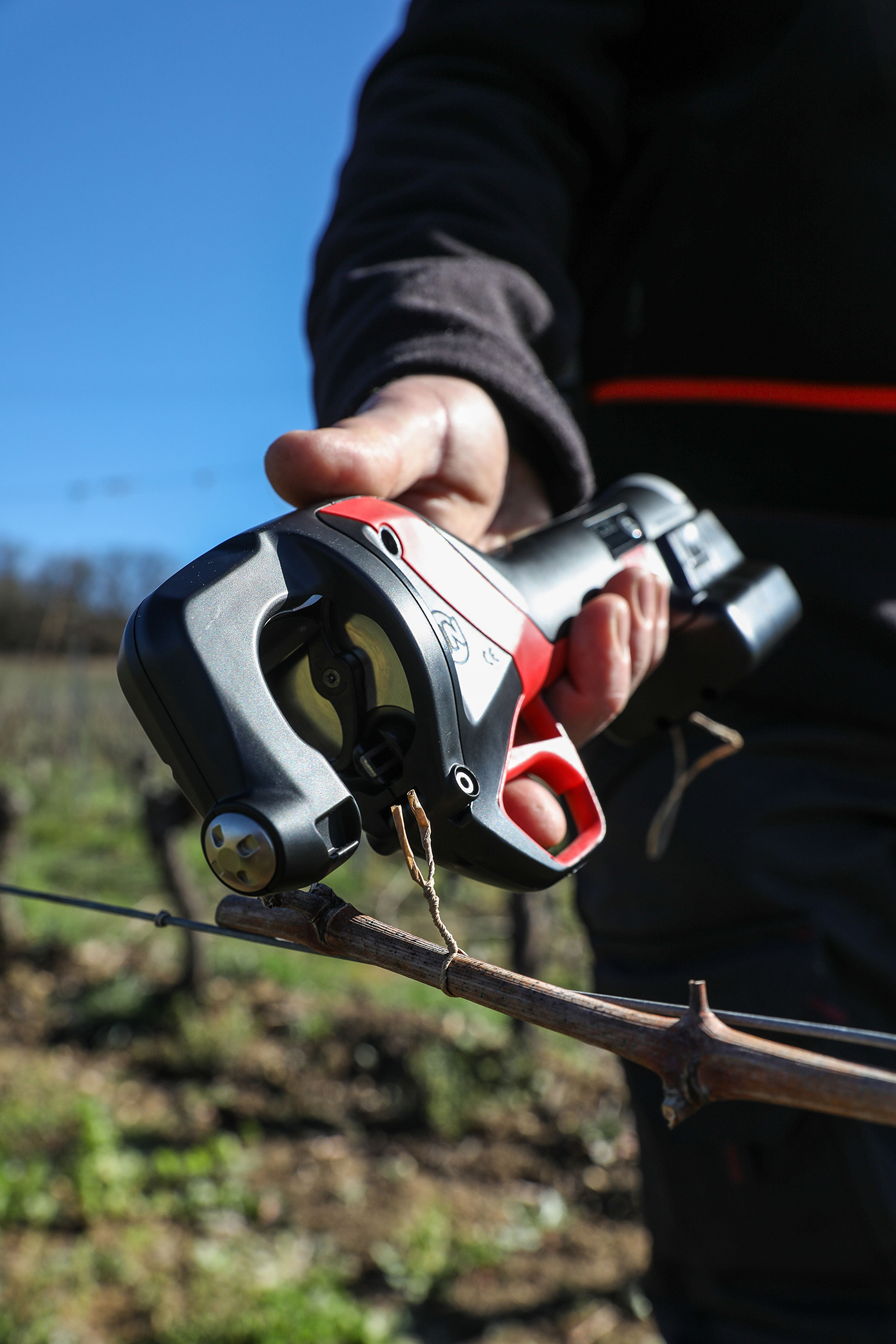
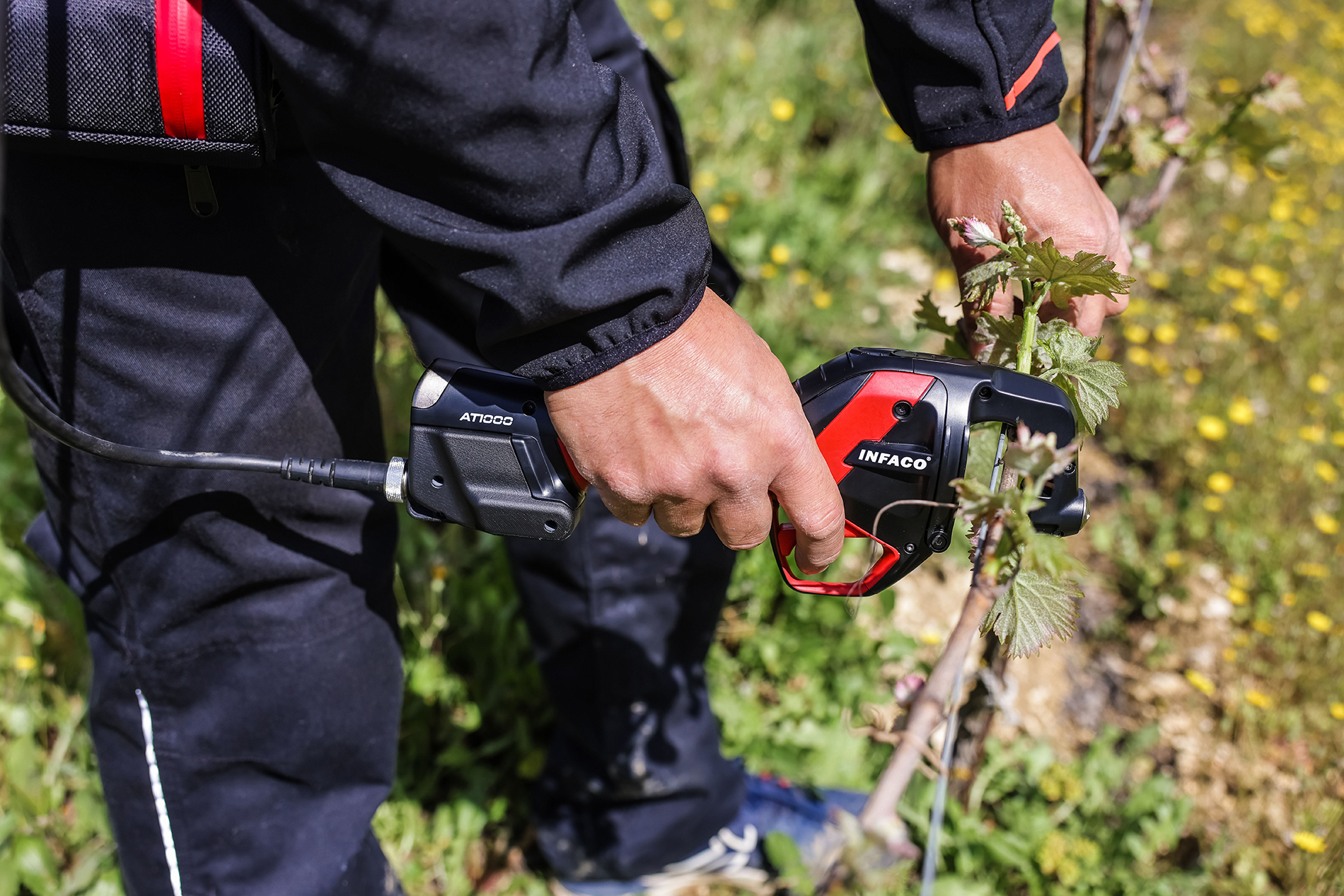

For more like this, sign up for the FREE Vineyard newsletter here and receive all the latest viticulture news, reviews and insight

